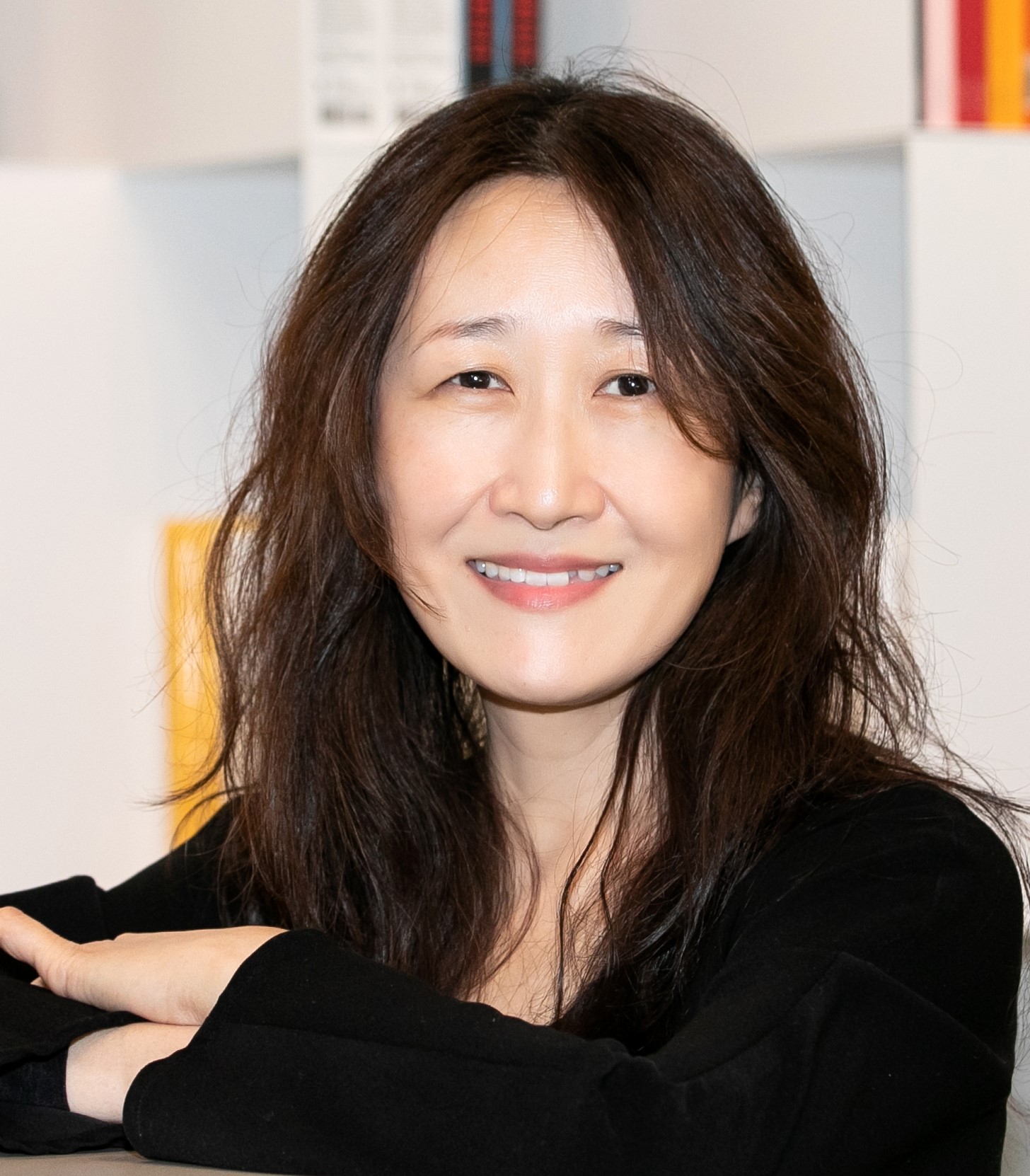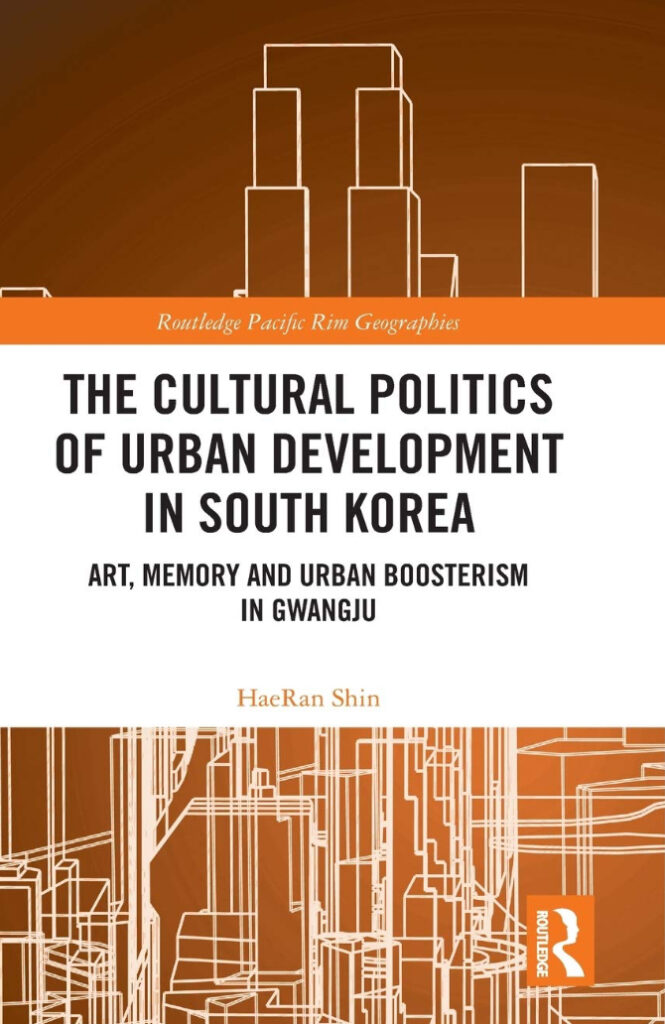In May 1980 the city of Gwangju in South Korea erupted in violence. Shocked by the brutal suppression of student protests against the threat of renewed dictatorship, the citizens of Gwangju, South Korea’s six largest city, seized weapons, formed their own army, and liberated the city from government control. The euphoria created by this victory against authoritarian rule was short lived. Less than a week later, with tactic American approval, the military returned with more men, weapons, and hardware. Within a matter of hours they crushed the uprising—killing hundreds and wounding thousands in the process.
Beyond the lives lost or injured, Seoul National University Professor HaeRan Shin argues that the Gwangju Uprising stunted the development of the city and the lives of its citizens. State leaders directed development funds to other regions and major South Korean businesses were reluctant to invest in Gwangju and the surrounding Joella region. Although the Gwangju Uprising came to be seen as a key turning point in the struggle for democracy, its citizens were long stigmatized as opportunists, traitors and even North Korean sympathizers.
Gwangju’s economic disadvantages began long before the May 1980 uprising. Stretching back hundreds of years both the Koryô (936-1392) and Chosôn (1392-1910) dynasties pursued state building policies that discriminated against the Joella region where Gwangju is located. Elites from the neighboring and more populous region of Gyeongsang, Joella’s historic rival, gained power and influence during the thirty year period after the military seized power in South Korea in 1961. Chun Doo-hwan, the last of South Korea’s military rulers, was from the region of Gyeongsang. During Chun’s eight years in power, from 1980 to 1988, he deprived the Jeolla region of investment while favoring the development of cities such as Masan, Changwon, and Pohang in his own region. It is fair to say that the stigma created by the Gwangju uprising only deepened the historic distrust toward and alienation of the Joella region.
In the era after the Korean War one of the most delegitimizing and legally perilous charges in South Korea was to be a supporter or North Korean sympathizer. The 1948 National Security Act in South Korea has been used to imprison people for visiting North Korea without authorization, for meeting North Koreans or expressing support for North Korea. Amnesty International notes that the National Security Law categorizes North Korea as an “anti-state organization” and imposes a wide range of sentences, including the death penalty, for those convicted of supporting “anti-state organizations.” Article 7 of the National Security Law is the article used most often to restrict freedom of speech. Those who “praise,” “encourage,” or “side” with the “enemy” (North Korea) can receive sentences up to seven years in prison. Many continue to believe that North Korean spies played a role in the Gwangju uprising.
Although the government attempted to keep a lid on news coverage of the Gwangju uprising, foreign journalists were able to break the silence. Public awareness of the brutal suppression of the Gwangju uprising contributed to the growth of pro-democracy forces. In 1987 democratic elections took place marking the end of authoritarian rule and the creation of the Sixth Republic. In 1995 the government passed the Special Law on May 18 Democratization Movement which allowed for the prosecution of those responsible for the Gwangju massacre. Former president Chun Doo-hwan and his ally and successor Ron Tae-woo were both tried and convicted for insurrection. In 1993 Kim Young-sam became the first civilian elected president in thirty years.
The Anti-Biennale was the first to attach importance to places noteworthy for their relevance to the May 18 protests. It should be noted that historical places connected to the 18 May Democratic Uprising, such as Mangwol-dong Cemetery, had been neglected and virtually denied by the central government until the Anti-Biennale activities put a spotlight on them. HaeRan Shin, The Cultural Politics of Urban Development in South Korea: Art, Memory and Urban Boosterism in Gwangju.
It was within the context of democratization that the decision was made to promote much needed development in Gwangju while also trying to transform negative stereotypes about the city and its people. With the help of lobbying from local political, business, and academic elites Gwangju was selected as the site for an international art exhibition that would take place every two years—the Gwangju Biennale. The selection of a smaller city for such a prominent international cultural event which would normally take place in Seoul was exceptional.
The elites who lobbied for the Biennale in Gwangju had little interest in showcasing the memory of the events of May 1980. Their major concern was the development of Gwangju and the larger Jeolla region. According to the surveys they commissioned, one of the major obstacles to development was Gwangju’s negative political reputation and its image as the “city of blood.” Making the city a cultural destination by hosting an international art exhibition was a means of breaking with Gwangju’s troubled past. Perhaps coincidentally, the artwork selected for the grand prize at the first Gwangju Biennale was titled, “to forget.”
Frustrated that the Biennale did not address the city’s political past, local artists organized their own Anti-Biennale. As the setting for the Anti-Biennale they selected the Mangwol-dong Cemetery. Mangwol-dong was originally a public cemetery where many of the victims of the May 1980 were buried. For years after the events, mothers of the victims organized as the Mothers of May to protest against the military regime’s refusal to allow public acts of mourning at Mangwol-dong. Concerned that Mangwol-dong was becoming a sacred space for pro-democratic protest, Chun Doo-hwan’s government tried to bribe and pressure victims’ families to move their loved ones’ bodies to other parts of the province. In the end, Chun’s efforts failed. Kim Young-sam, South Korea’s first democratically elected president, announced plans to create a new Mangwol-dong National Cemetery devoted to the memory of May 18th. The May 18th National Cemetery opened in 1997.
HaeRan Shin remarks that choosing to hold the Anti-Biennale at Mangwol-dong was an ingenious means of linking the memory of May 18th and the pro-democracy Gwangju uprising to the exhibition. An open air exhibition located next to the cemetery, the Anti-Biennale made the cemetery look like it was part of the exhibition. HaeRan comments that “most of the artwork expressed a spirit critical of dictatorship, satire about social injustice, but also hope for Korean reunification.” The Anti-Biennale was a tremendous success, in its 25 day run it drew about 200,000 visitors—more than the actual Gwangju Biennale.
In the end the Anti-Biennale was integrated into the main Biennale. This began with the director of the Anti-Biennale being appointed to run the second Gwangju Biennale. HaeRan Shin notes that Anti-Biennale supporters decided to compromise and back the main Gwangju Biennale. Fear and concern for the well being of their city was a key motivating factor. Cognizant of the exceptional opportunity of the Biennale for the development of their city, and fearful that anti-Biennale actions could provoke the Seoul government to move the event to another city, the decision was reached to support the Gwangju Biennale.
HaeRan explains that it would be wrong to see the triumph of the Gwangju Biennale as the victory of economic imperatives over the memory of the Gwangju uprising. One of the outcomes of the events of May 1980 and their aftermath was a strong sense of pride and patriotism in the city shared by the people of Gwangju. Not only did the people of Gwangju suffer and sacrifice in the struggle for democracy in South Korea, but for years after they were subjected to government investigations, discriminatory development policies, and accusations of being traitors and supporters of North Korea. It was their civic pride that inspired them to support the Gwangju Biennale. In the Biennales that followed, tensions persisted between locals and the elites who backed the event. However, the partnership has worked and the memory of May 18th has become an integral part of the Gwangju Biennale.

HaeRan Shin
HaeRan Shin is Professor of Political Geography at Seoul National University. She is the author of North Korean Defectors in Diaspora: Identities, Mobilities, and Resettlements (2022), and The Cultural Politics of Urban Development in South Korea: Art, Memory and Urban Boosterism in Gwangju (2020).


